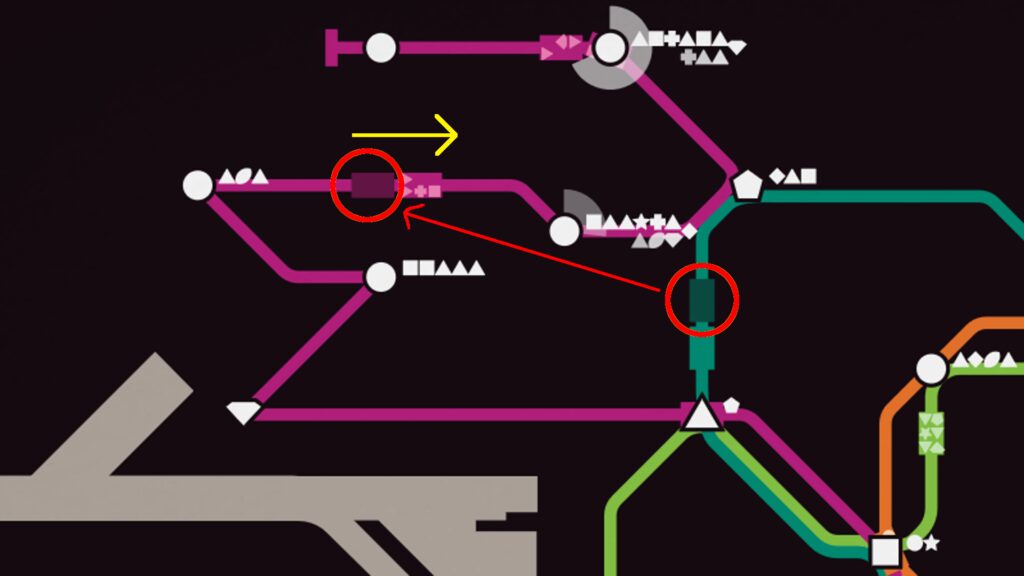Mini Metro is a minimalist strategy game that requires players to design and manage their own subway system for a growing city. The game features a randomly generated map of a city, where stations pop up in various locations and players connect them with subway lines. The game gets complex as different types of stations appear as the game progresses. Tips and tricks to mastering Mini Metro include designing overlapping lines, placing transfer stations in high-traffic areas, and upgrading stations for faster loading times and higher capacity. Understanding passenger behavior is key to success in the game.
Train to Rule: A Guide to Mini Metro
If you’re looking for a new and challenging strategy game, look no further than Mini Metro. This minimalist game requires you to design and manage your own subway system for a growing city. Despite its simple appearance, Mini Metro can quickly become addictive and complex. With a few tips and tricks, however, you can learn the ins and outs of the game and become a subway master.
The Basics of Mini Metro
Mini Metro starts with a randomly generated map of a city. Stations pop up in various locations, and it’s your job to connect them with subway lines. Different types of stations will appear as the game progresses, including circles, triangles, and squares – each with their own unique shape and color. Trains enter and exit the stations, transporting colored shapes (representing people) to their desired destination. The longer passengers wait, the more impatient they become, and if a station becomes overcrowded, you lose the game.
Designing Your Subway System
At first, it may seem like a good idea to create a direct line between every station. However, as more stations appear and passenger demand increases, this strategy will become unsustainable. Instead, focus on creating overlapping lines that carry passengers to multiple destinations. You can also use more than one train on a line to increase efficiency.
It’s important to remember that stations won’t always appear in convenient locations. Sometimes, a station might be located across a body of water, necessitating the construction of a bridge or tunnel – which takes time and resources. Similarly, stations located on opposite ends of the map can be difficult to connect, especially as the city grows.
Every week, you’re given a set number of resources to expand your subway system. Use these resources carefully, as they can quickly run out. You also have the option to upgrade stations with larger capacity and faster loading times.
Understanding Passenger Behavior
When a passenger enters a station, they’re looking for a train that will take them to their desired destination – denoted by a small shape of the same color. Passengers will always choose the fastest route available to them, even if it requires a transfer. This means that it’s often beneficial to place transfer stations in high-traffic areas, making it easy for passengers to switch lines.
Pay attention to the different shapes of stations, as they represent different types of destinations. Circles are usually residential areas, while triangles are commercial districts. Squares are industrial, and pentagons are landmarks. You’ll need to plan your subway system accordingly and adjust for peak periods and rush hours.
Tips and Tricks
Here are a few tips to help you become a Mini Metro master:
- Always look ahead to where new stations might appear and plan your system accordingly.
- Use multiple trains on a line to increase efficiency and reduce wait times.
- Place transfer stations in high-traffic areas to make it easy for passengers to switch trains.
- Don’t neglect stations on the outskirts of the map.
- Upgrade stations for faster loading times and higher capacity.
Conclusion
Mini Metro is a fun and challenging strategy game that requires careful planning and management. Understanding passenger behavior and designing a subway system that can handle peak periods is key to success. With a bit of practice and the tips outlined in this guide, you’ll be well on your way to becoming a Mini Metro master.
